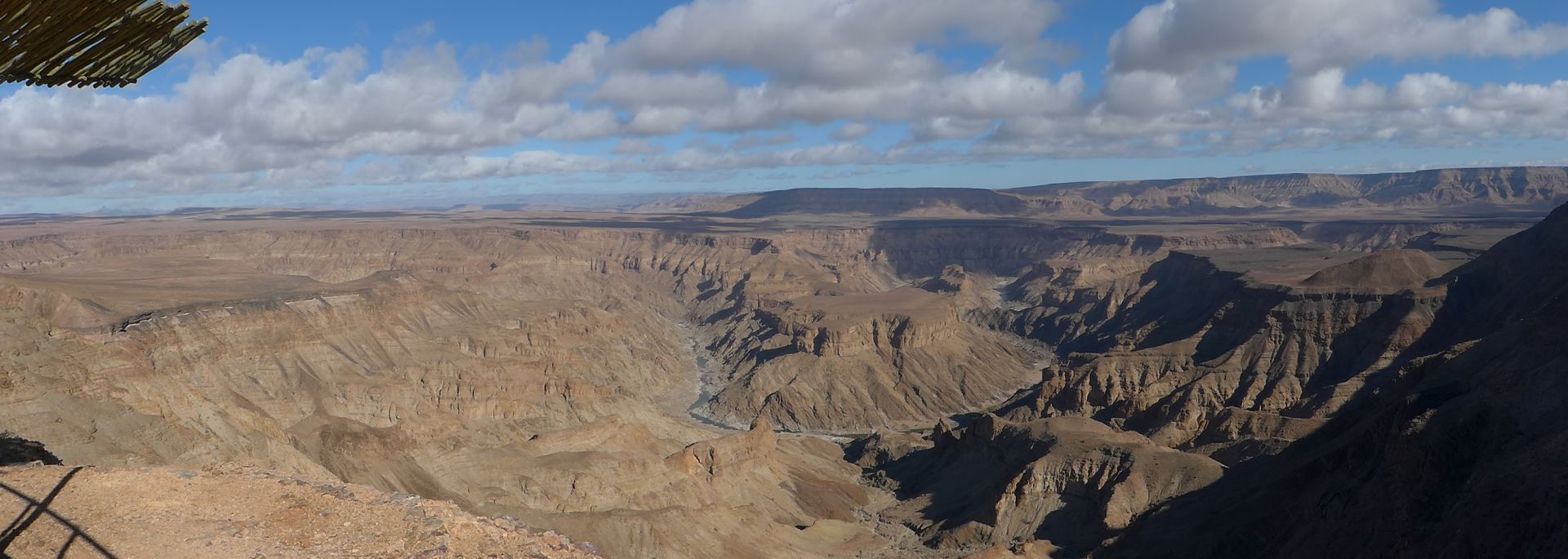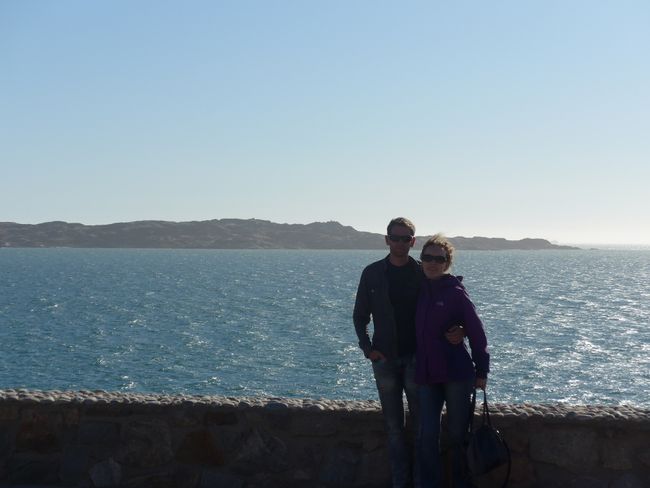Danewerk and Haithabu - exploring Schleswig-Holstein
Нашр шудааст: 02.06.2020
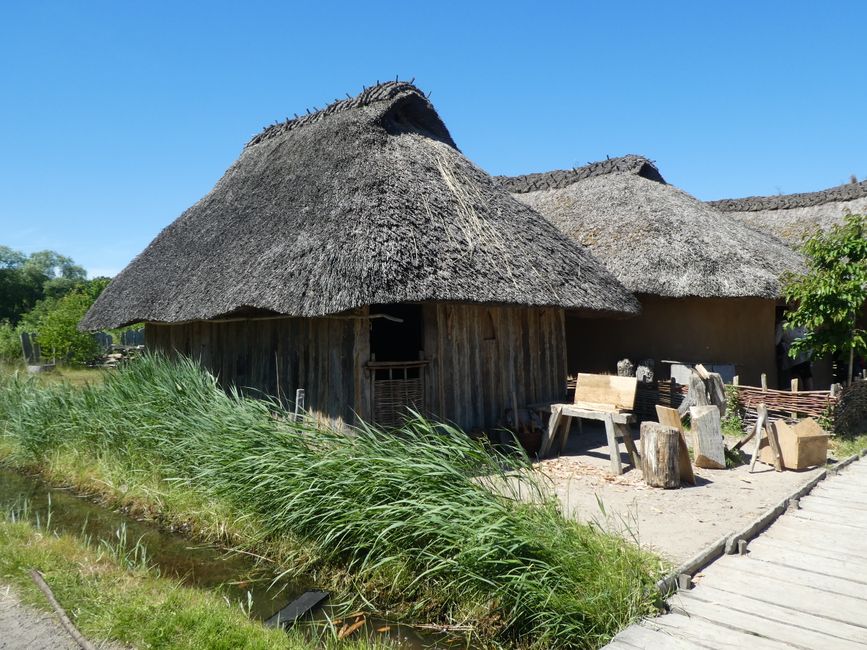
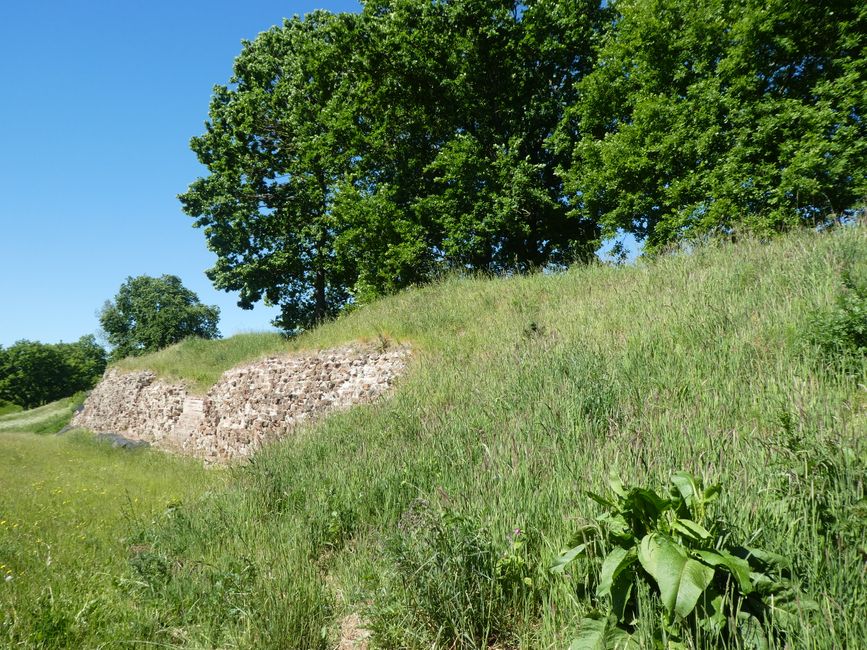
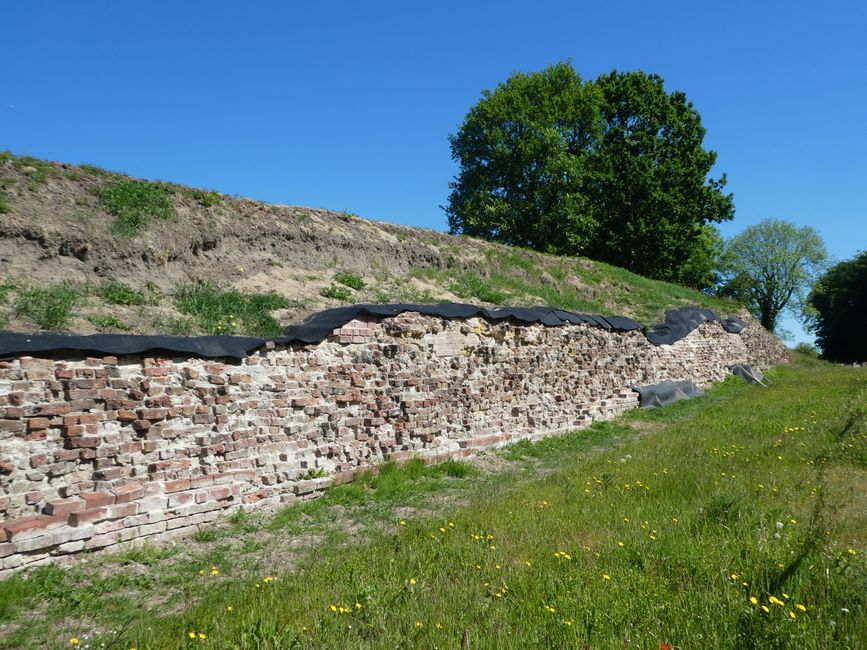
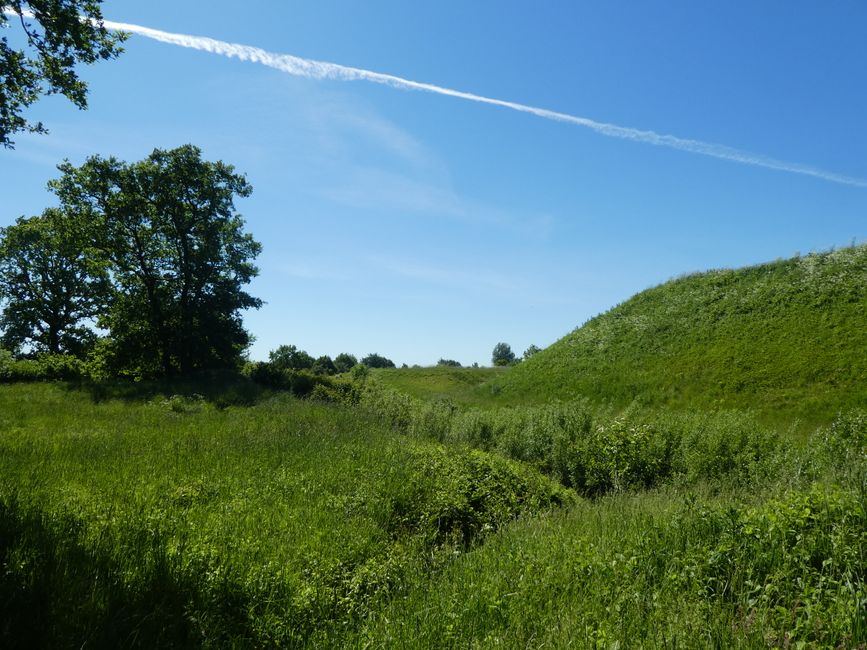
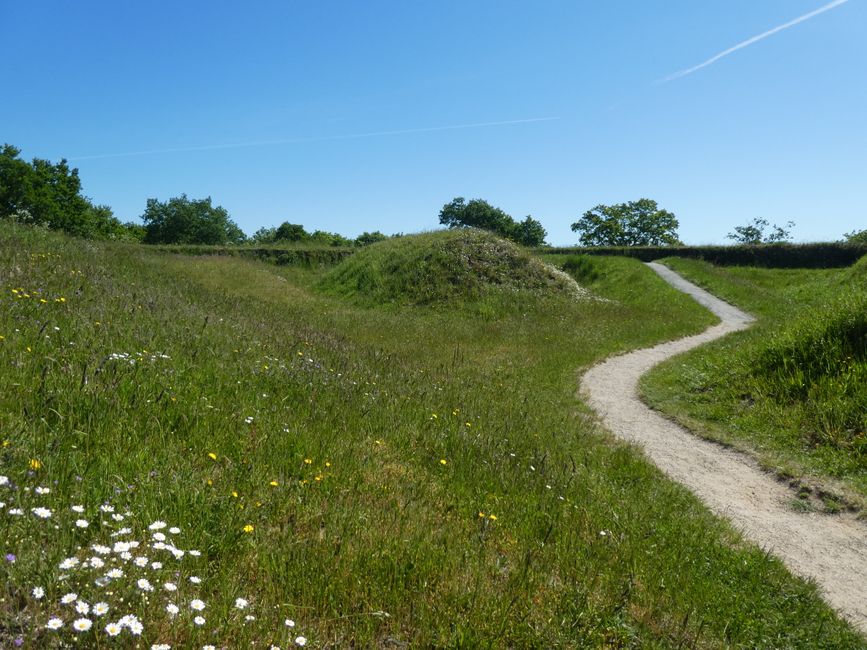
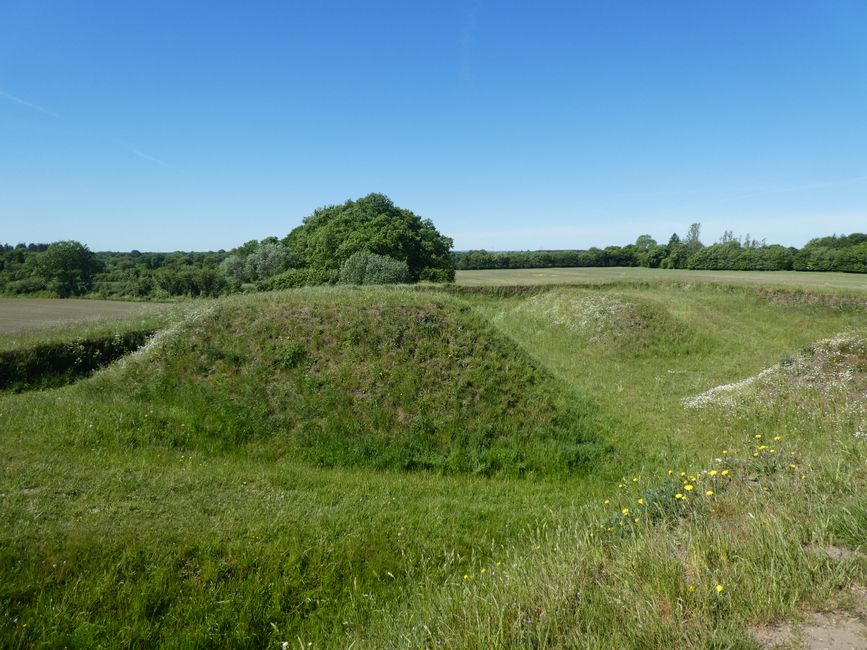
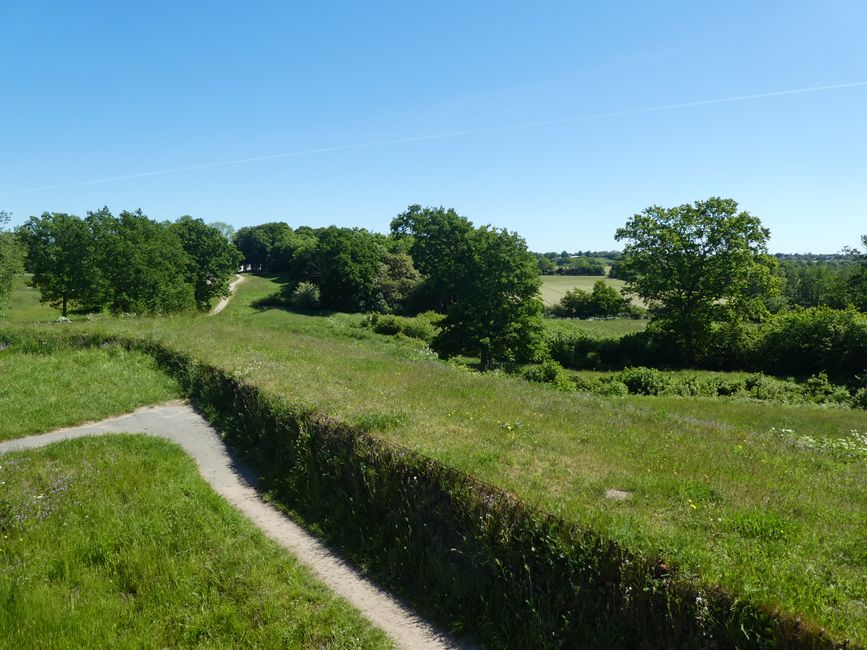

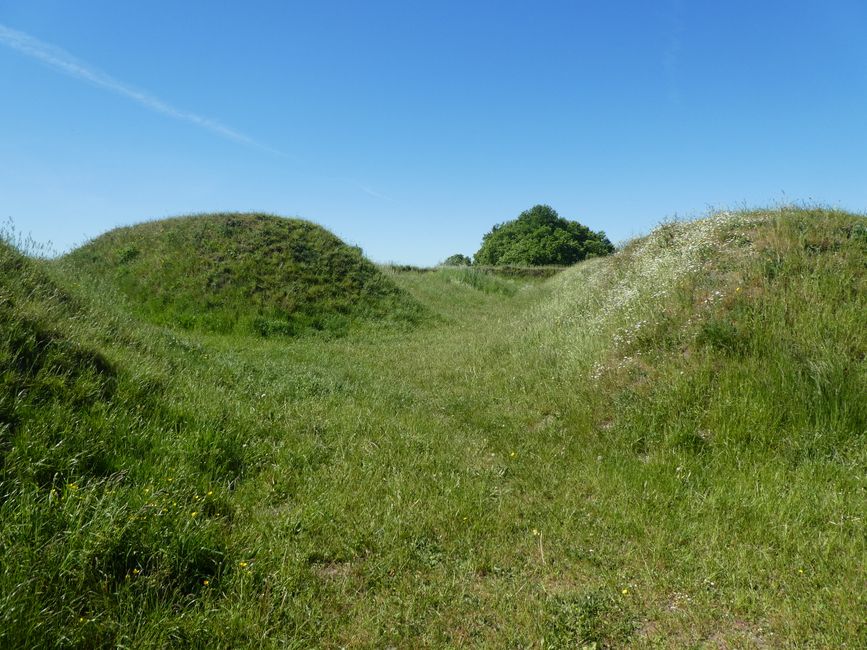
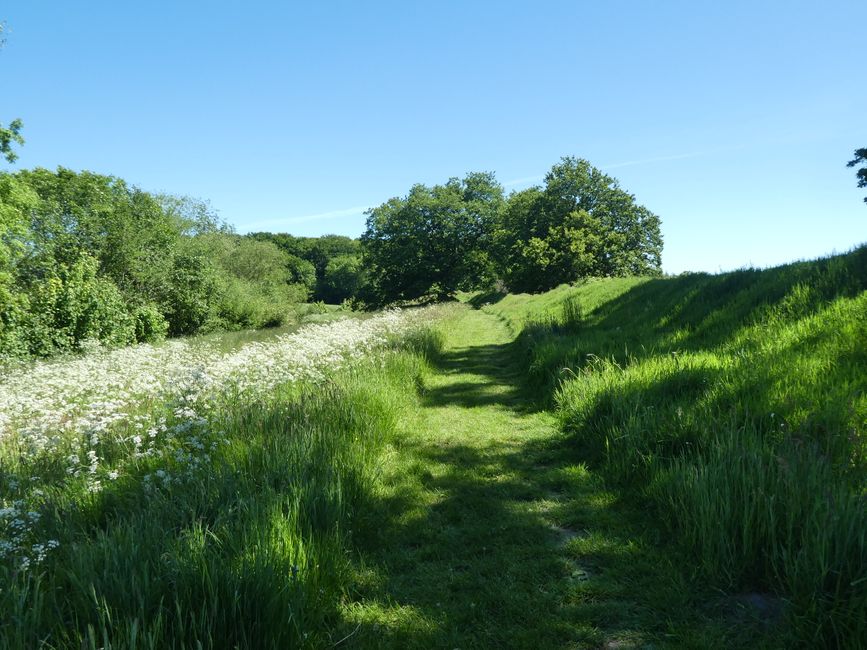
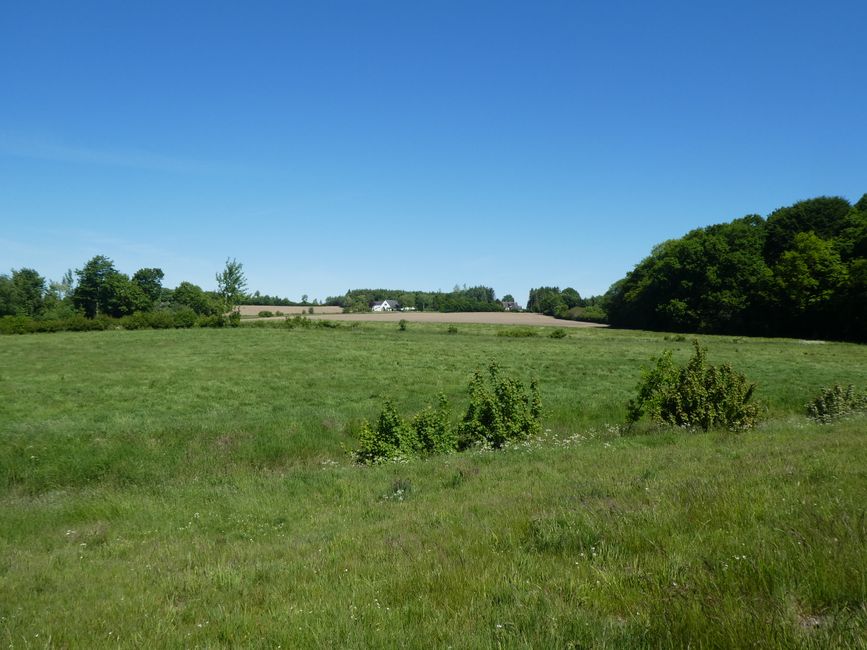
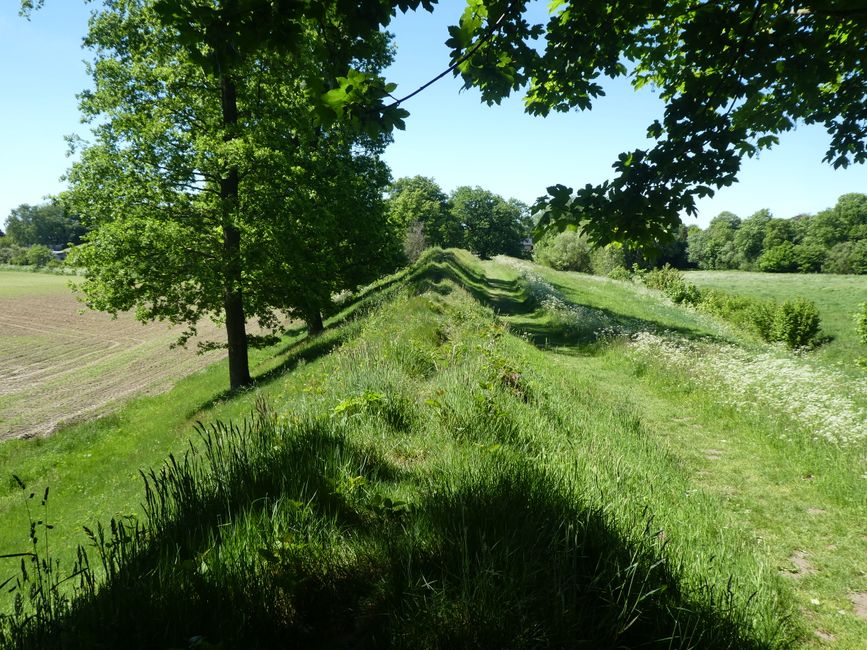
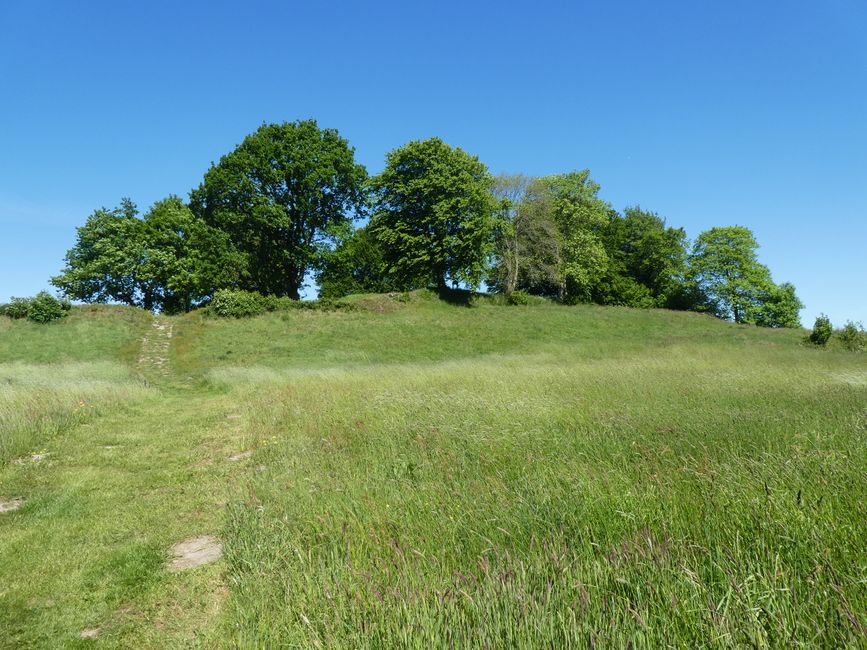
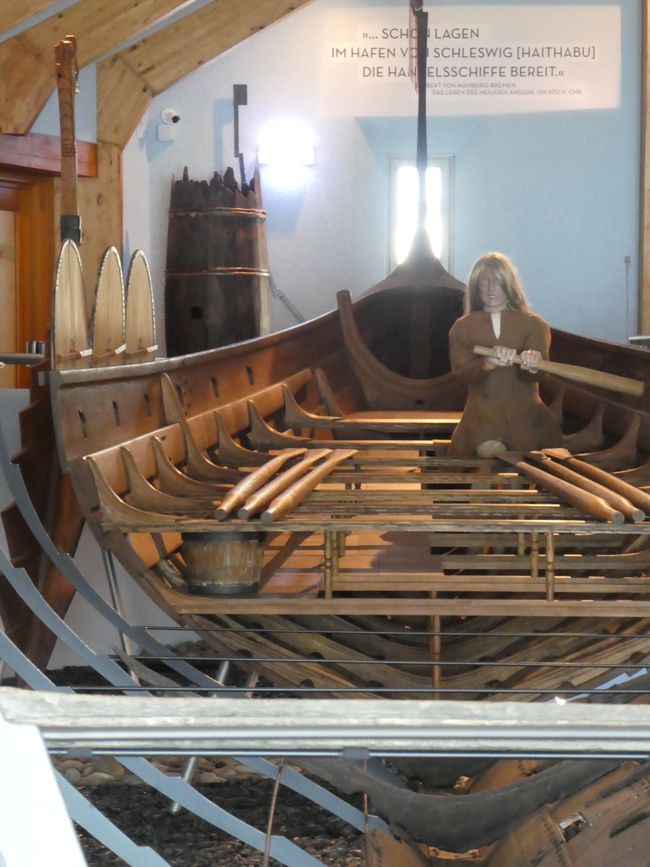
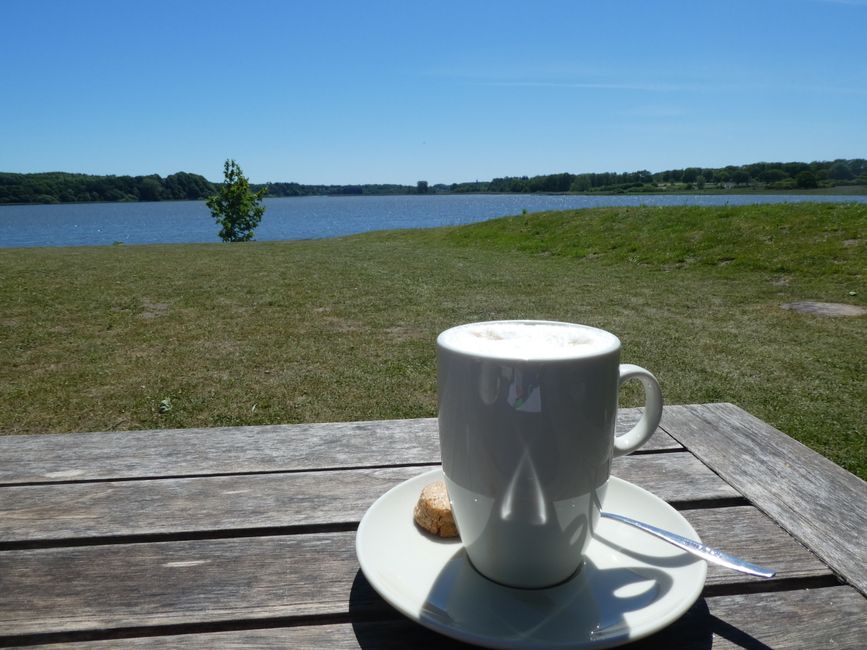
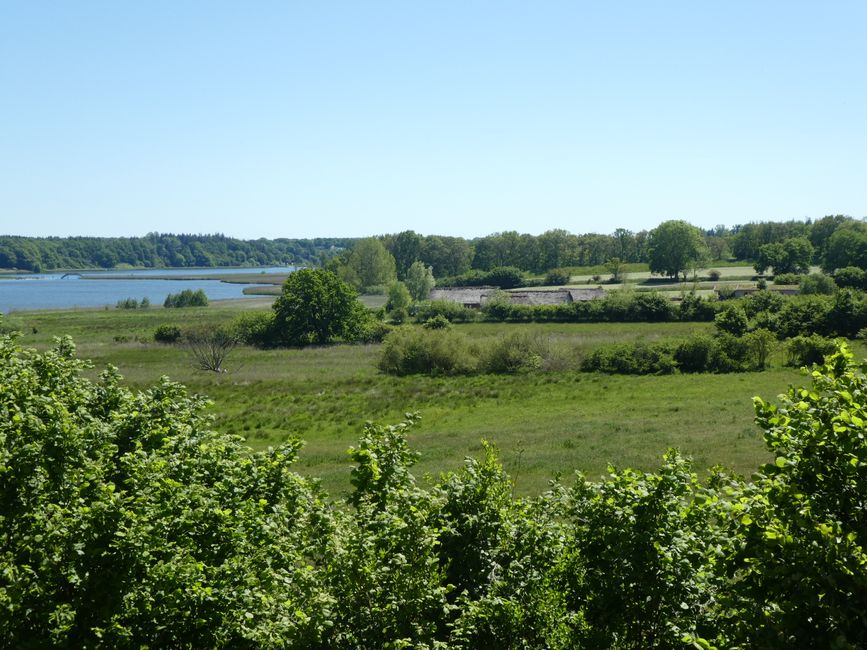
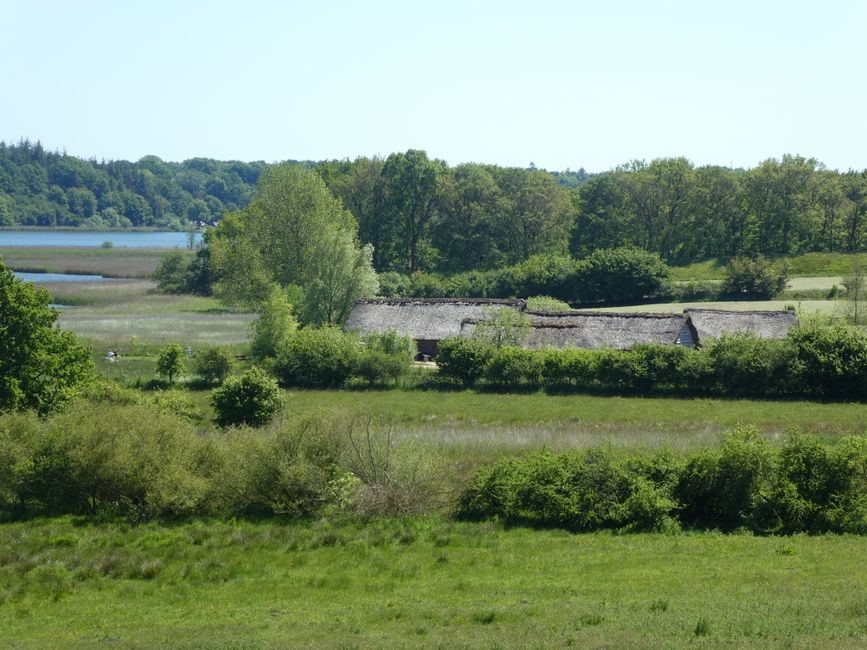
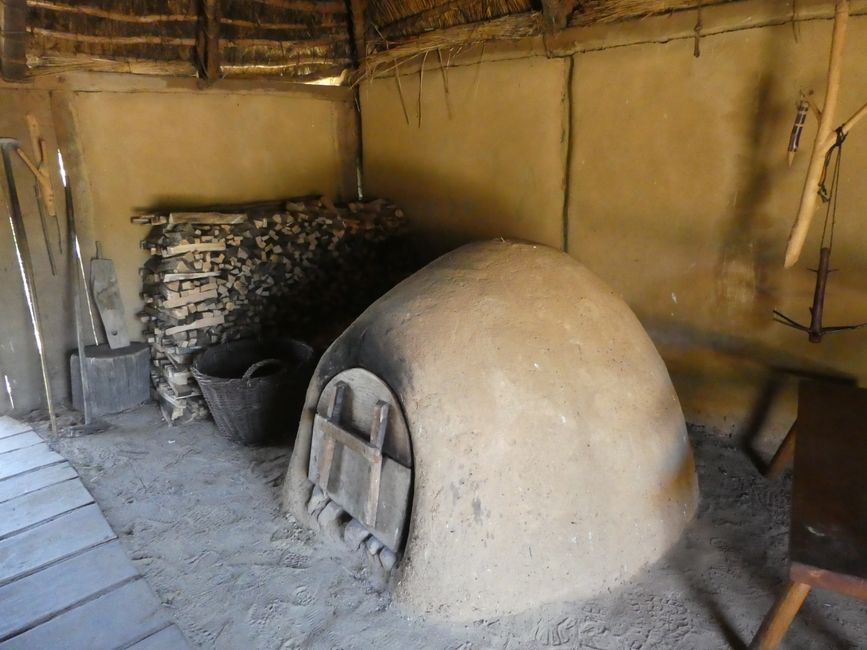
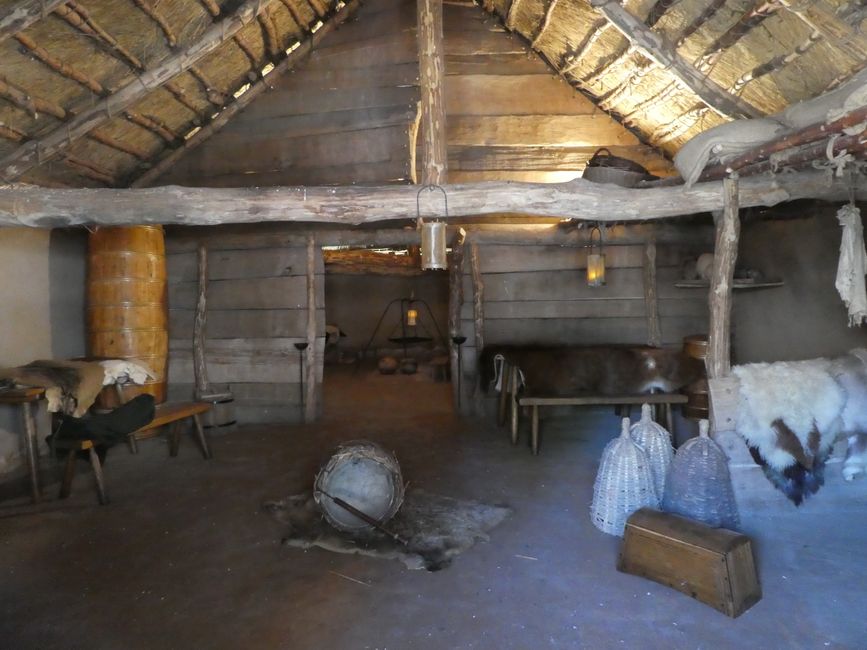
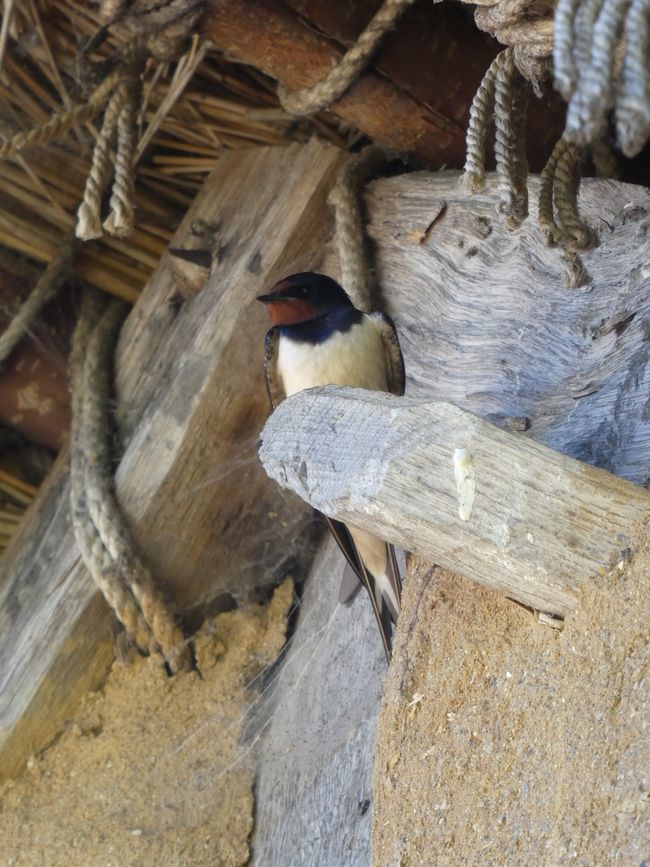
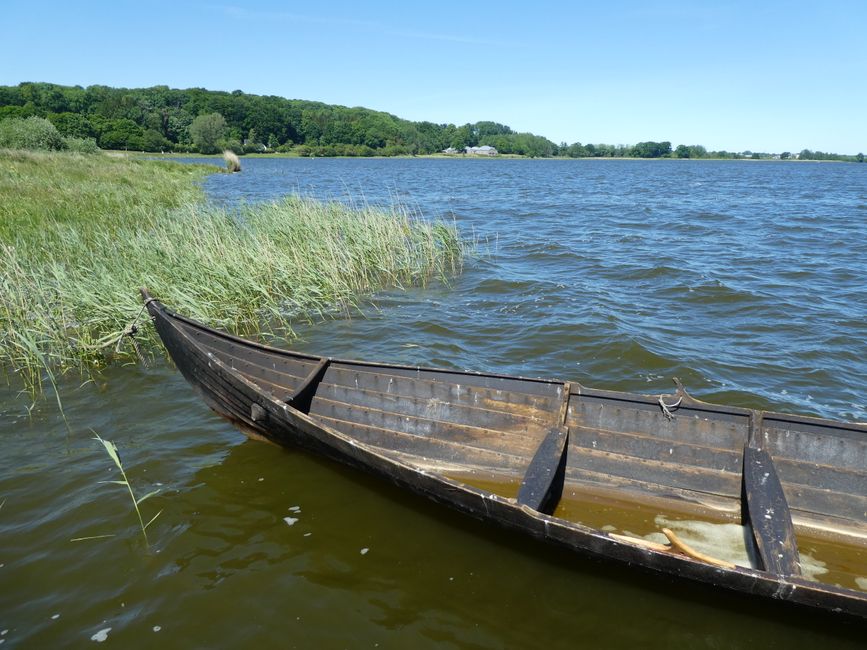
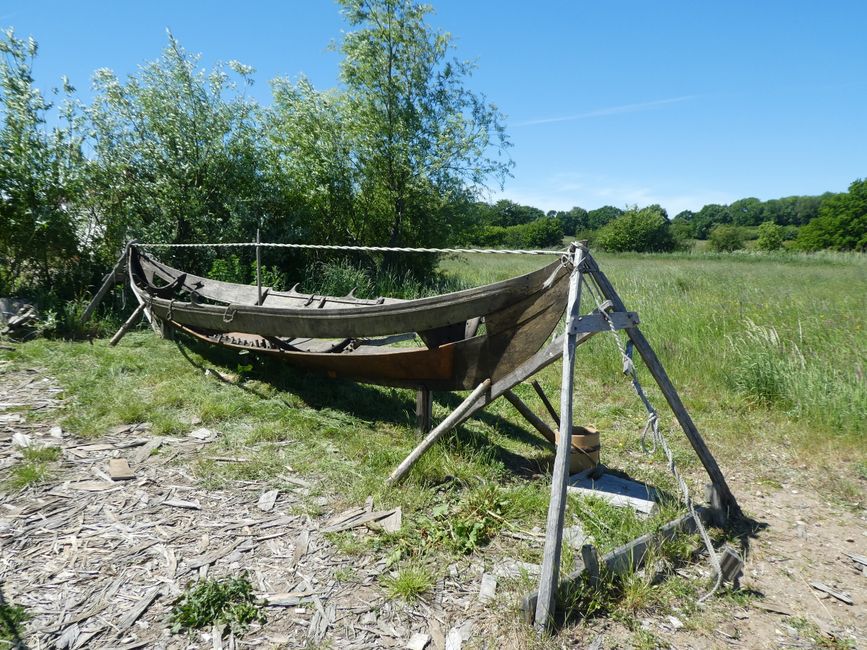
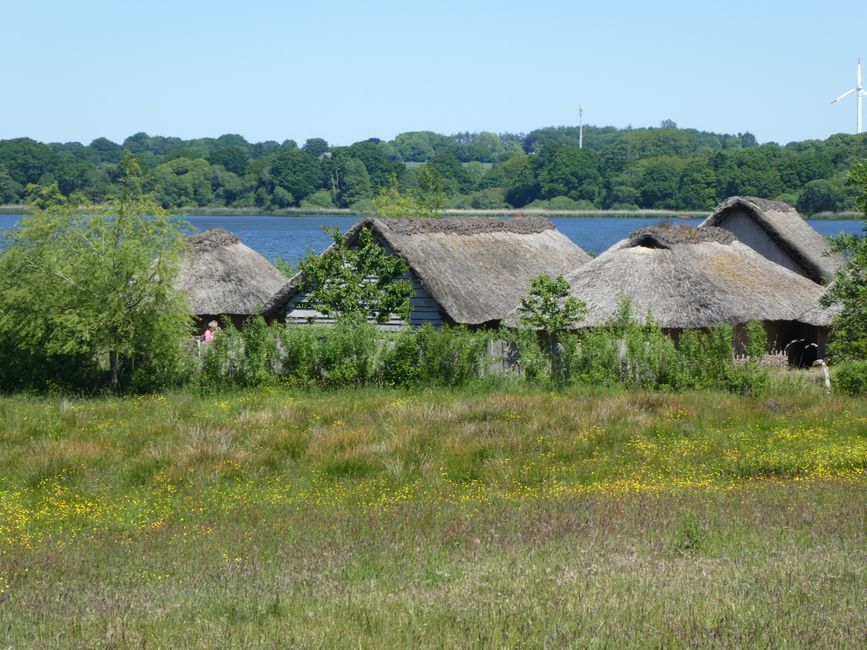
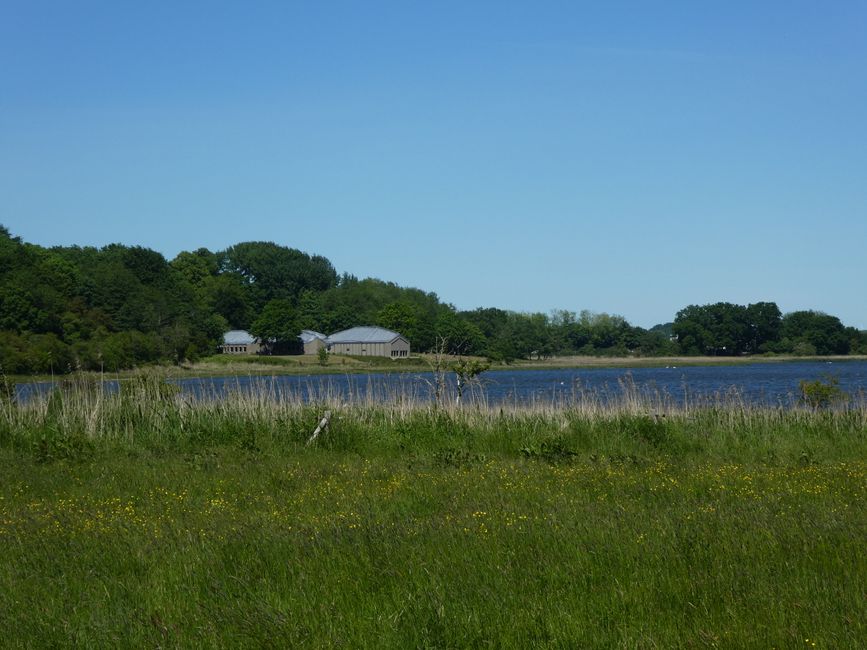
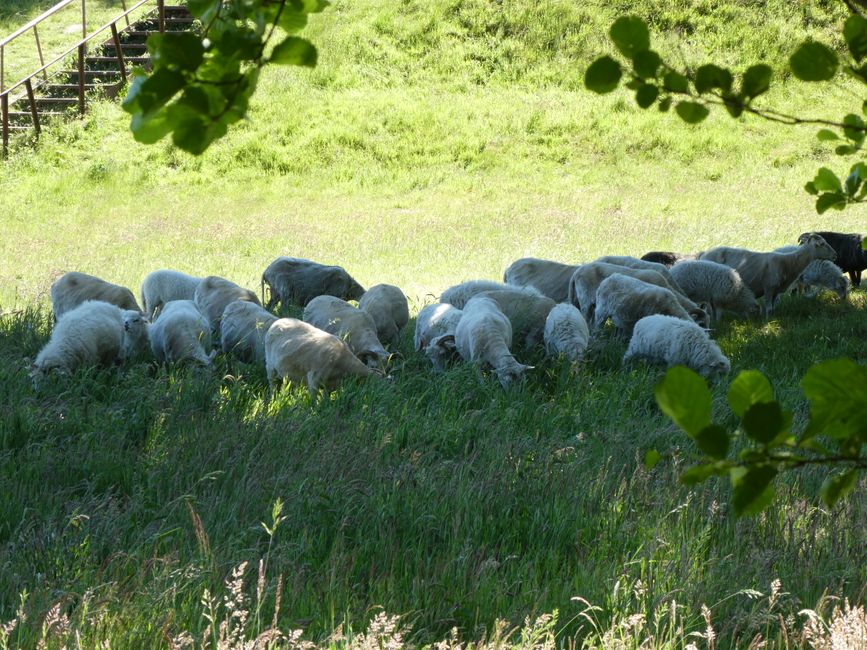
Ба бюллетен обуна шавед
After we had to cancel our planned vacation in Greece in April due to the Corona pandemic, we decided to go for a closer destination for Pentecost and explored the area around Schleswig. We thought that we couldn't visit UNESCO World Heritage sites everywhere in the world and not know the ones near us.
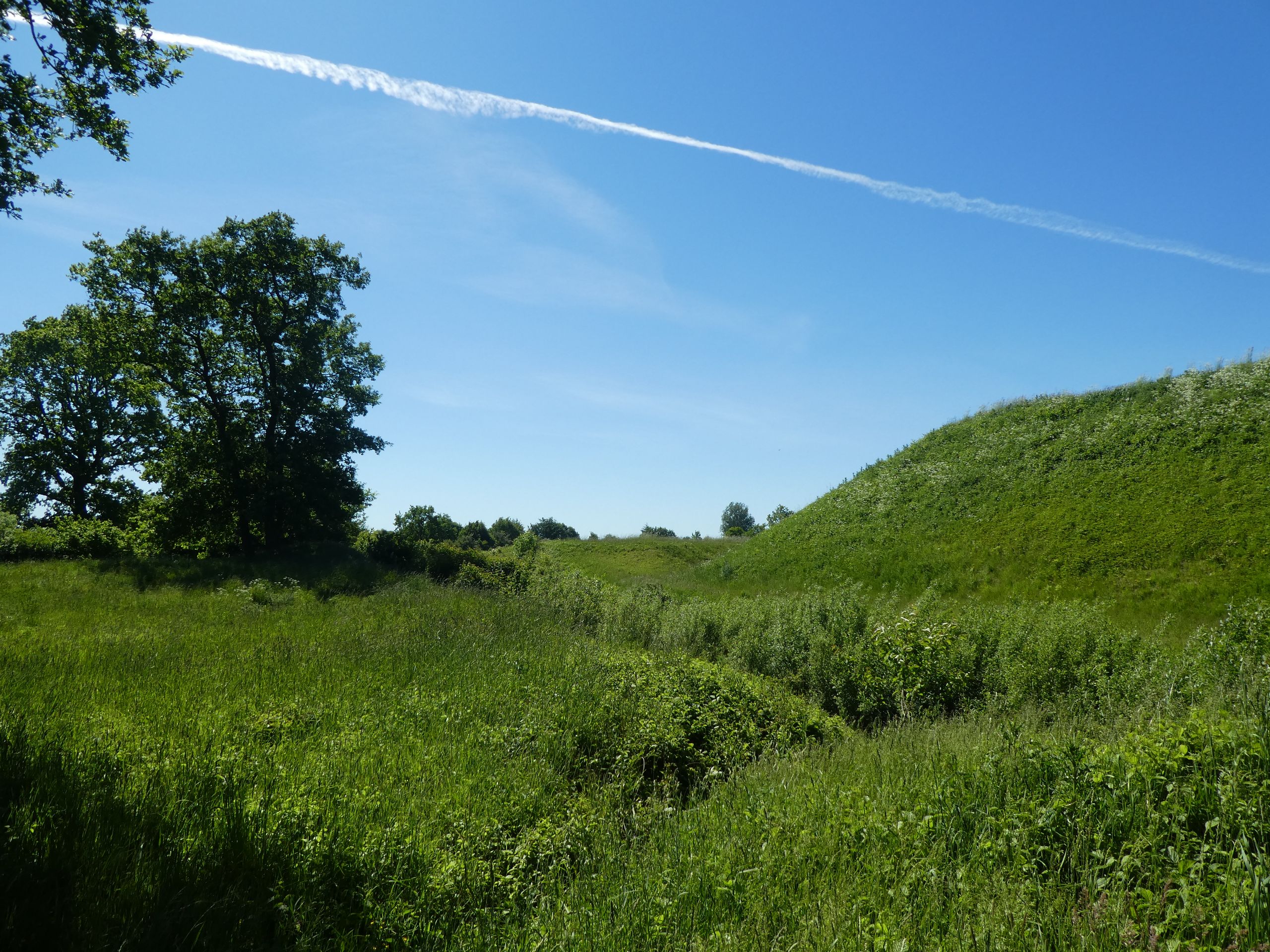
Since June 2018, Danewerk and Haithabu have been UNESCO World Heritage sites. We started our tour in Danewerk, a rampart with a total length of 30 kilometers. It was probably built in the 5th or 6th century to mark and defend the southern border of the realm of the Danes.

To not look completely clueless about the area, we first went to the small Danevirke Museum, which tells the story of the rampart and the German-Danish relationship in the area.
We were the first guests and were allowed to explore the tour, which was made a one-way street thanks to the hygiene concept, wearing a face mask. Unfortunately, we no longer walked in chronological order, so we were first informed about the end of the story and later about the beginnings.

Afterwards, we took a closer look at the rampart, although in most places there is nothing more than a grass-covered earth wall.

A small section of the Waldemarsmauer from 1170 has been excavated. Originally, it was 4 km long and 5-7 m high, but today most of it runs under the earth wall.
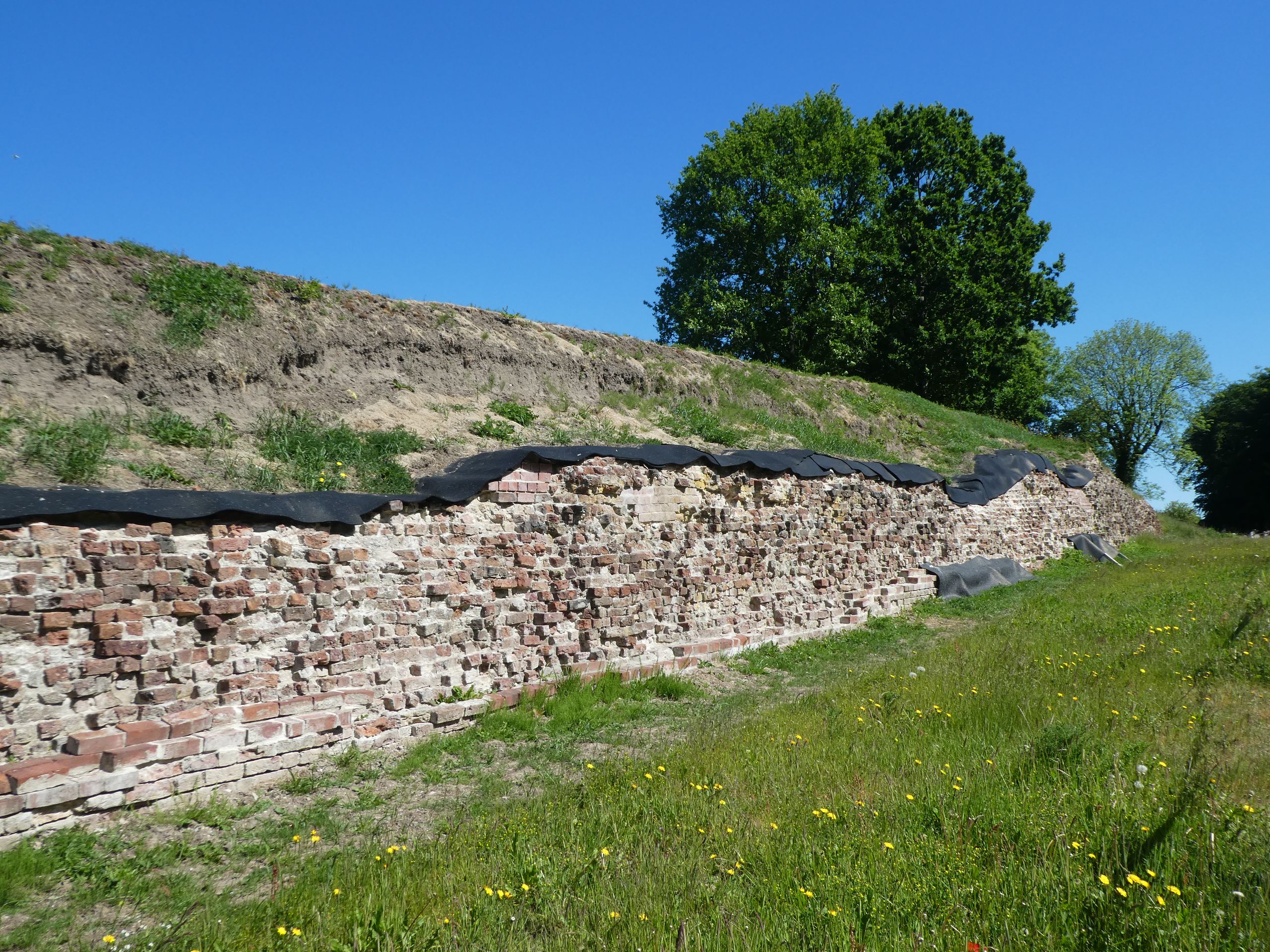
A redoubt from the German-Danish War of 1864 has been reconstructed and can now be climbed and used as an observation point.
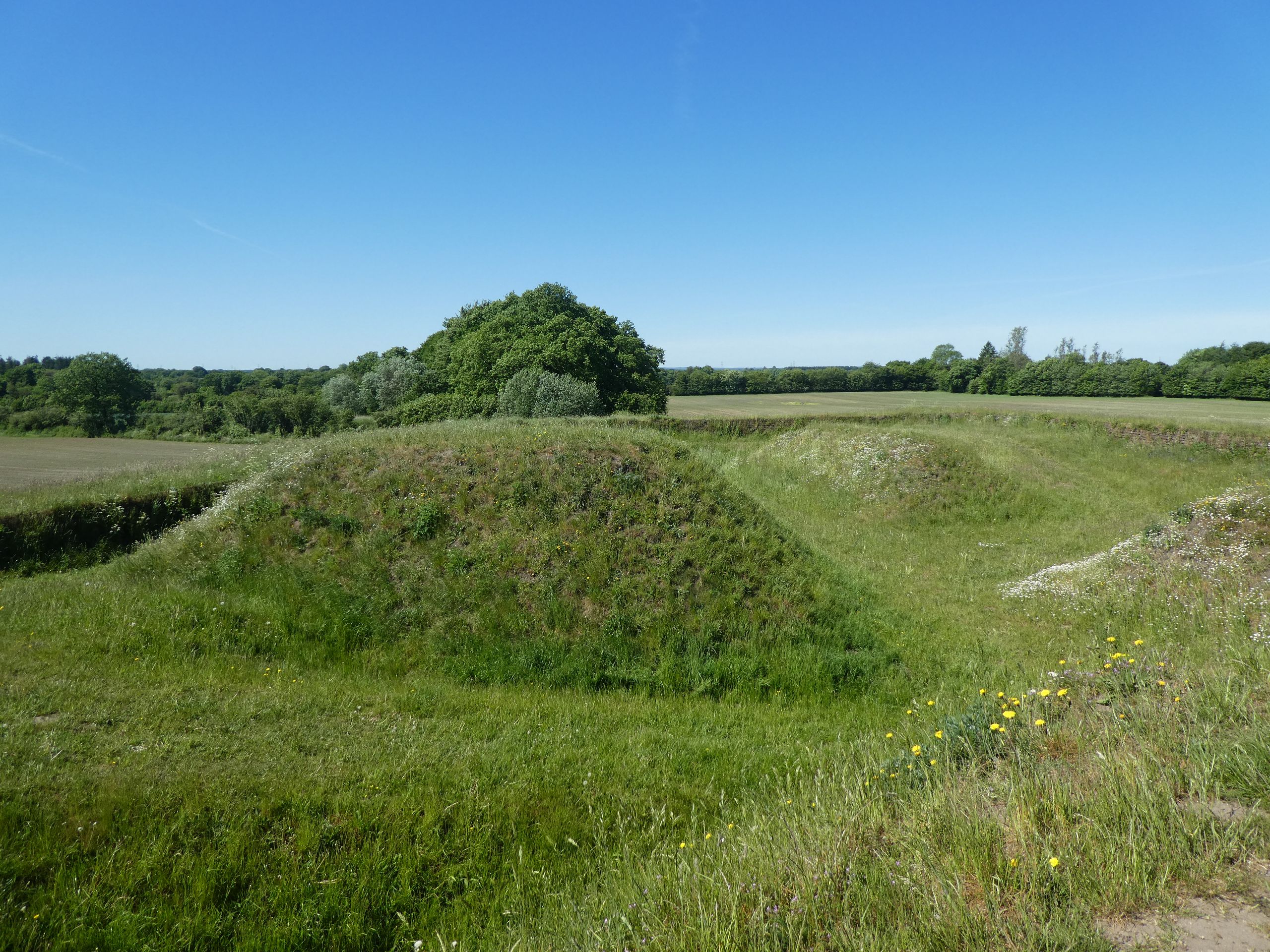

Then we walked along the main rampart in the other direction. The path was very beautiful: First we passed meadows and then a little through the forest before we reached the 'Thyraburg'.

This fortress was later named after the Danish queen Thyra, who is said to have built the Danewerk according to legend. Today, however, there is nothing left of the once wooden castle...
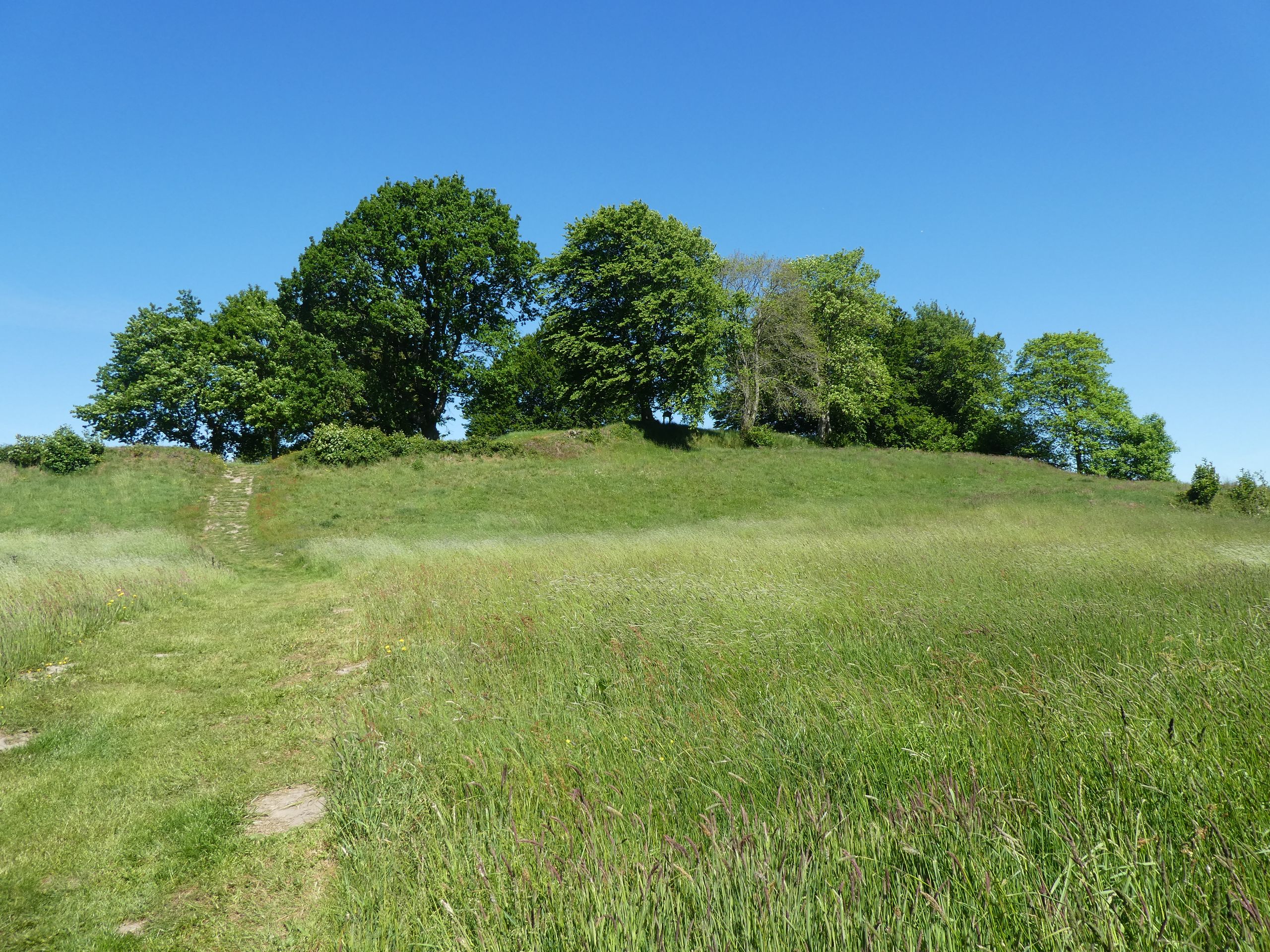
Thyra was also the mother of the Danish king Harald Bluetooth, whose communication abilities were later commemorated with the name 'Bluetooth'...
We walked back through the village to our car and made our way to Haithabu, a trading town that was enclosed by one of the expansions of the rampart.
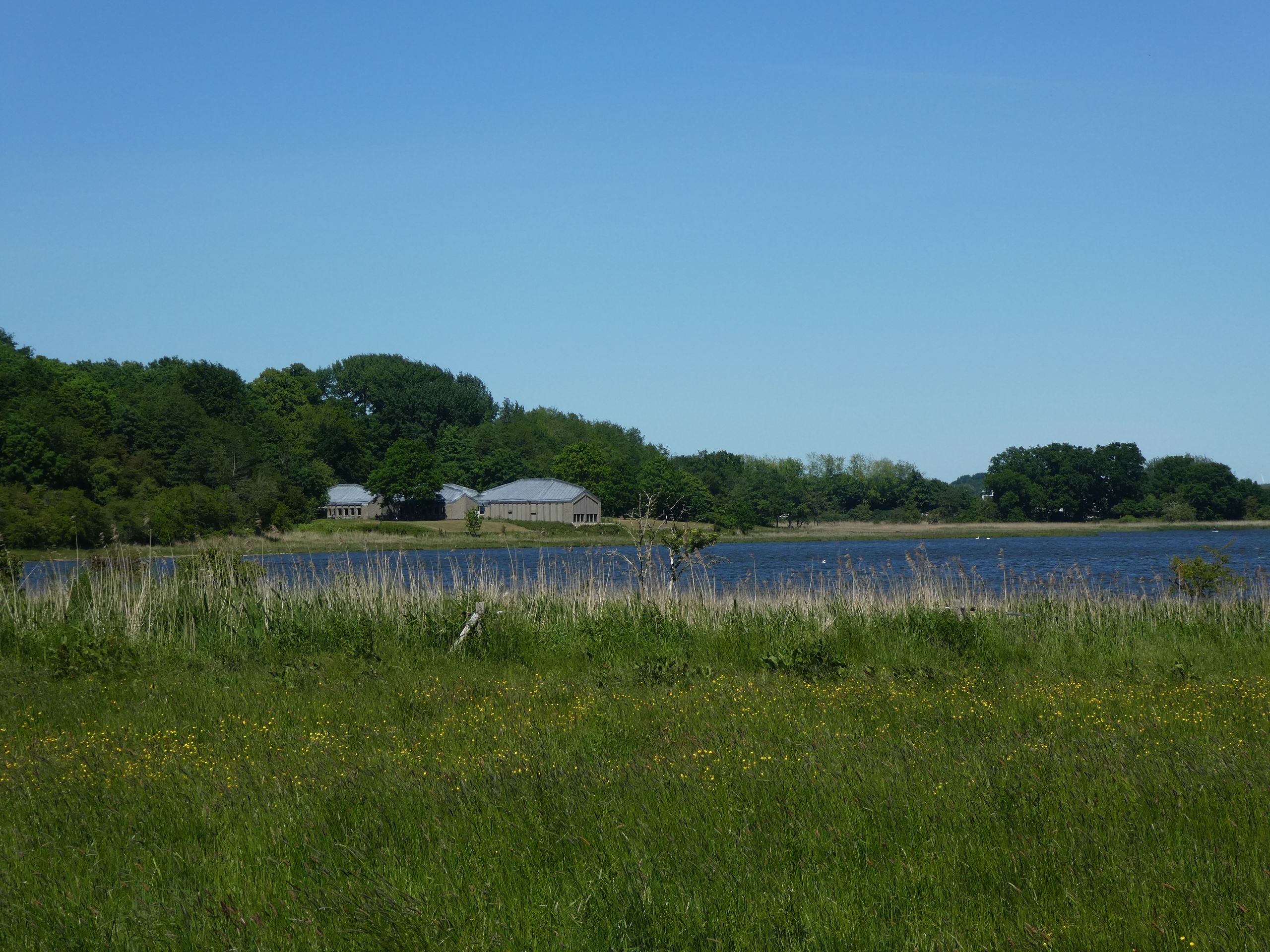
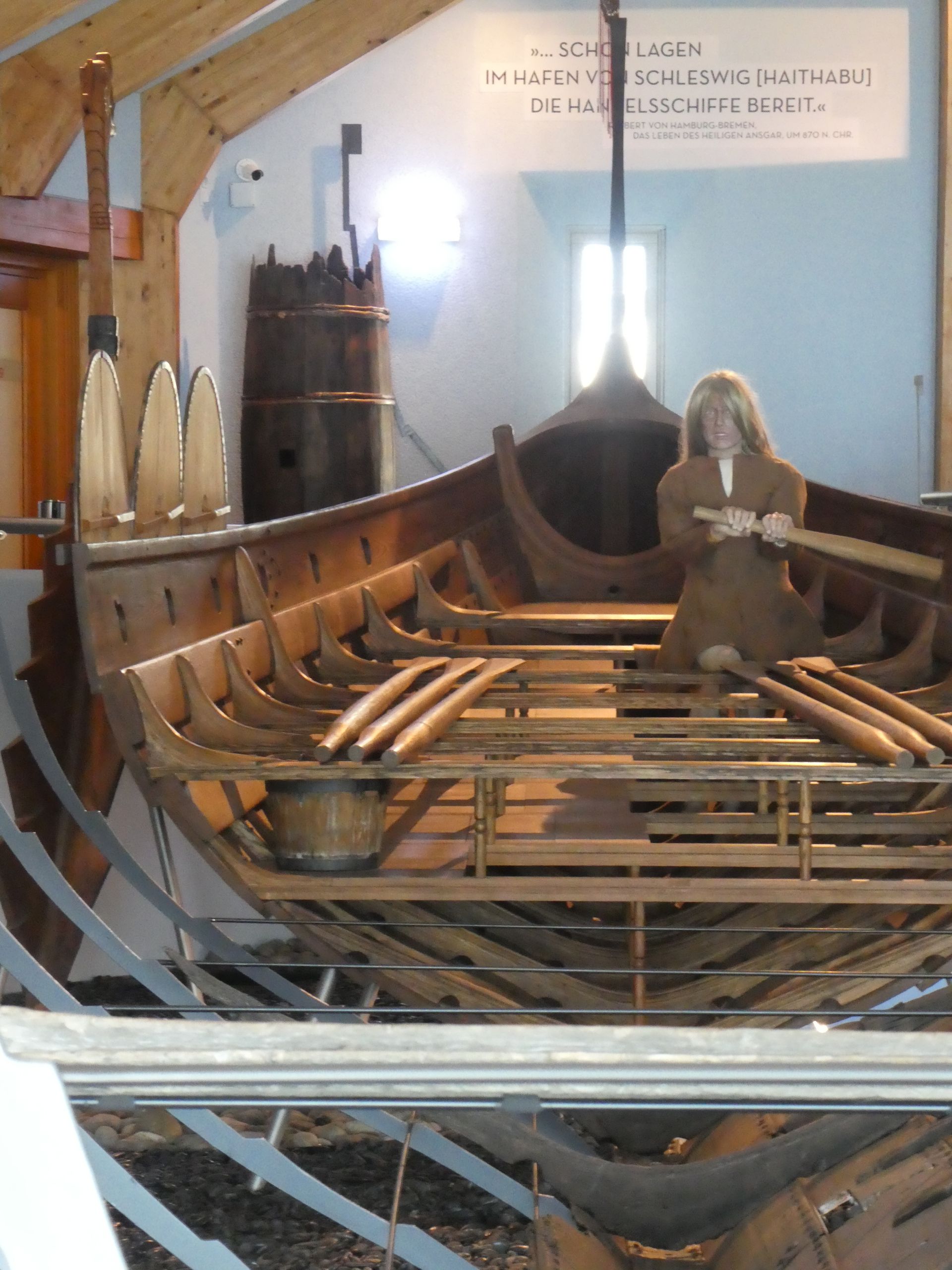
Here too, we first educated ourselves about the Vikings, their life, their customs, and the history of the place in the museum before we went to the 'Viking village'. In between, we had a coffee with a view of the Haddebyer Noor in brilliant sunshine.
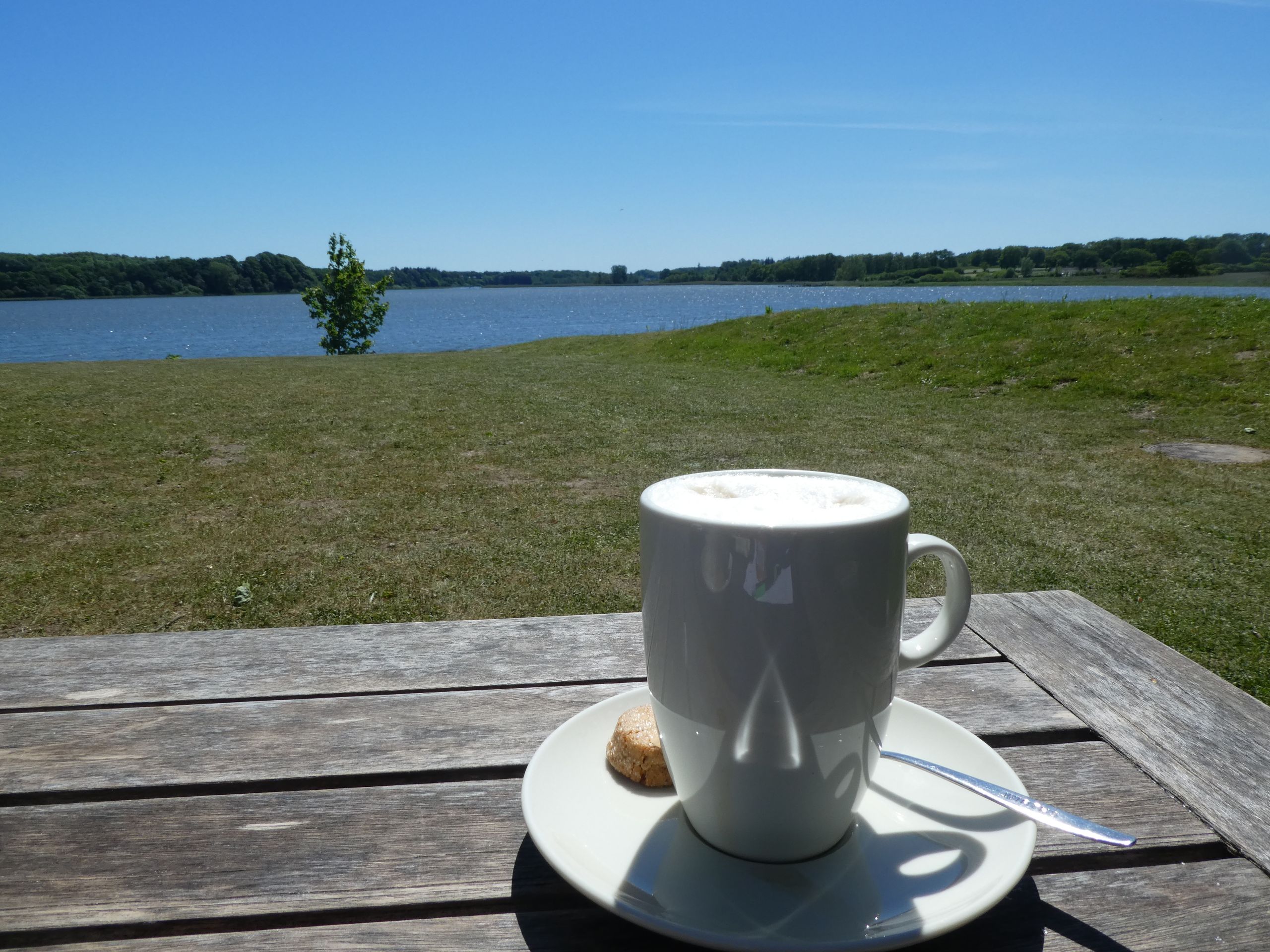
There, Viking houses are reconstructed, as they probably looked 1000 years ago. Some of the 'Vikings' can also be observed there during their daily work.

Houses, boats, and tools are still produced as they were in Viking times. The sales stands with the wooden swords and souvenirs probably didn't exist in this form...
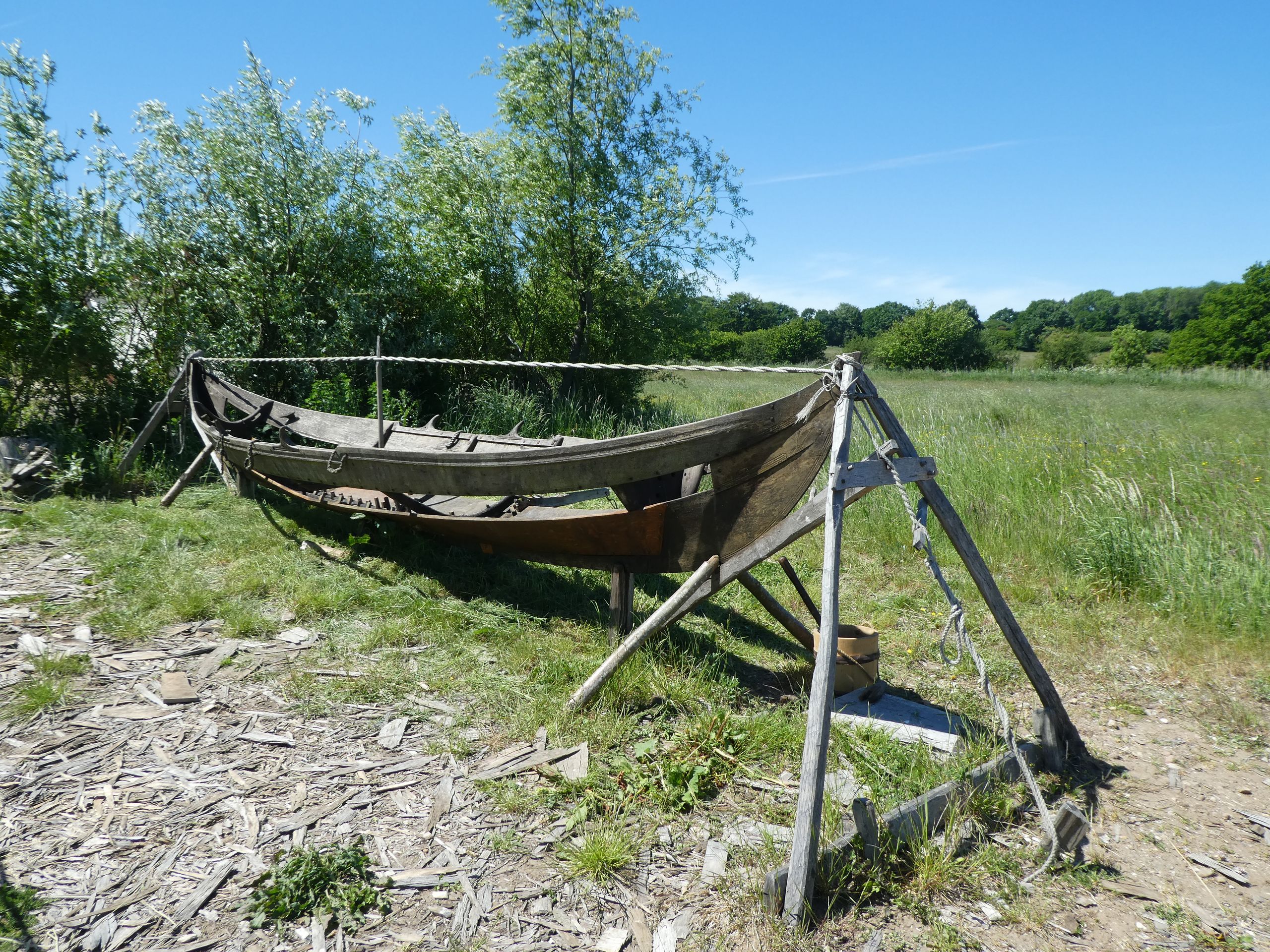
But there was plenty of trade in Haithabu: The trade ships called at Haithabu to reach the North Sea from there via land. That was probably less risky than sailing around present-day Denmark.
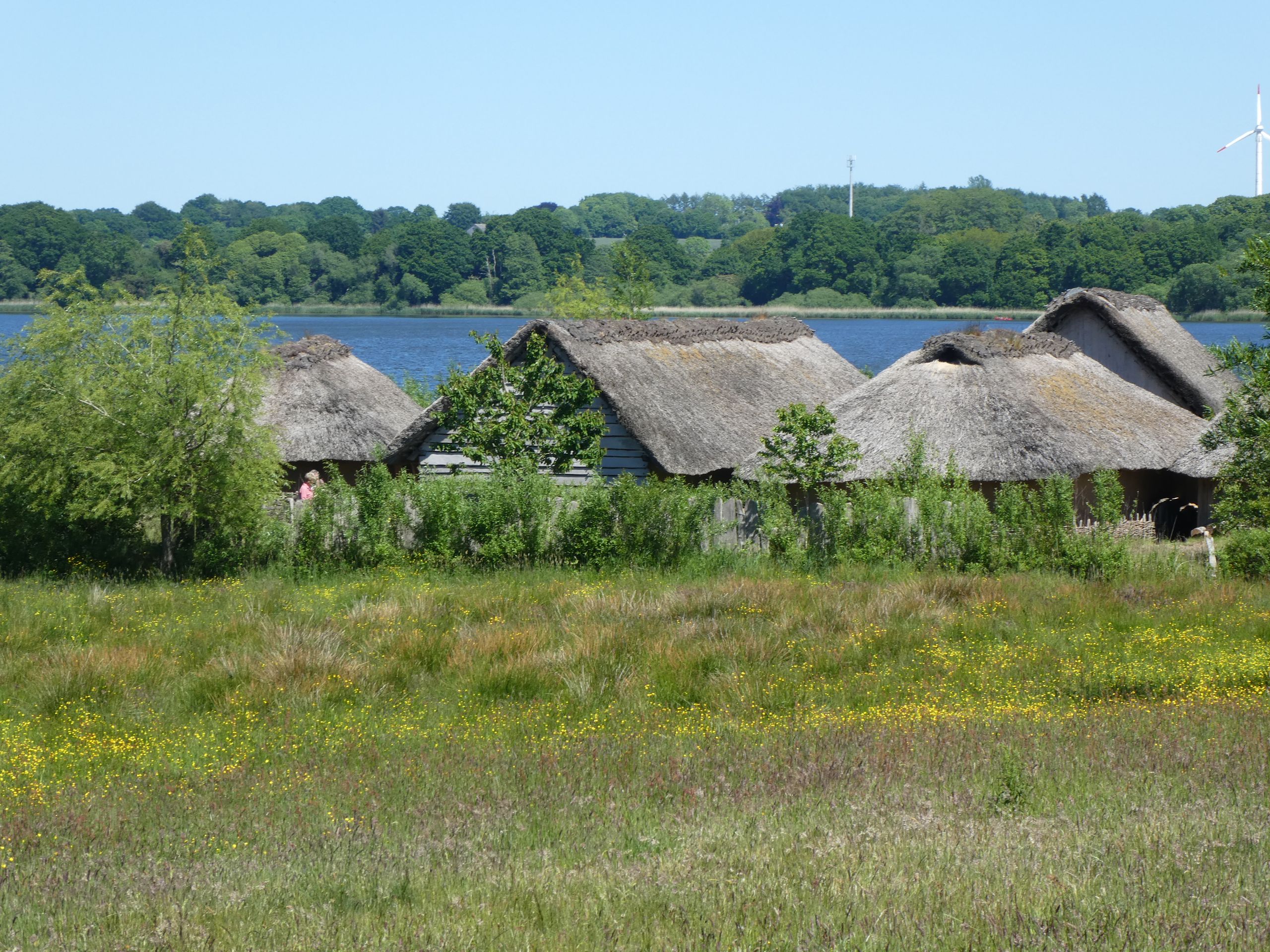
There are now numerous feathered inhabitants in the houses: There was a lively coming and going of swallows nesting in the rafters of the houses and feeding their young.

On the way back, we passed the dyke sheep (or rather: rampart sheep), which were being chased around by a small child and panickedly running from one place to another in the herd before they chose a spot to graze again.
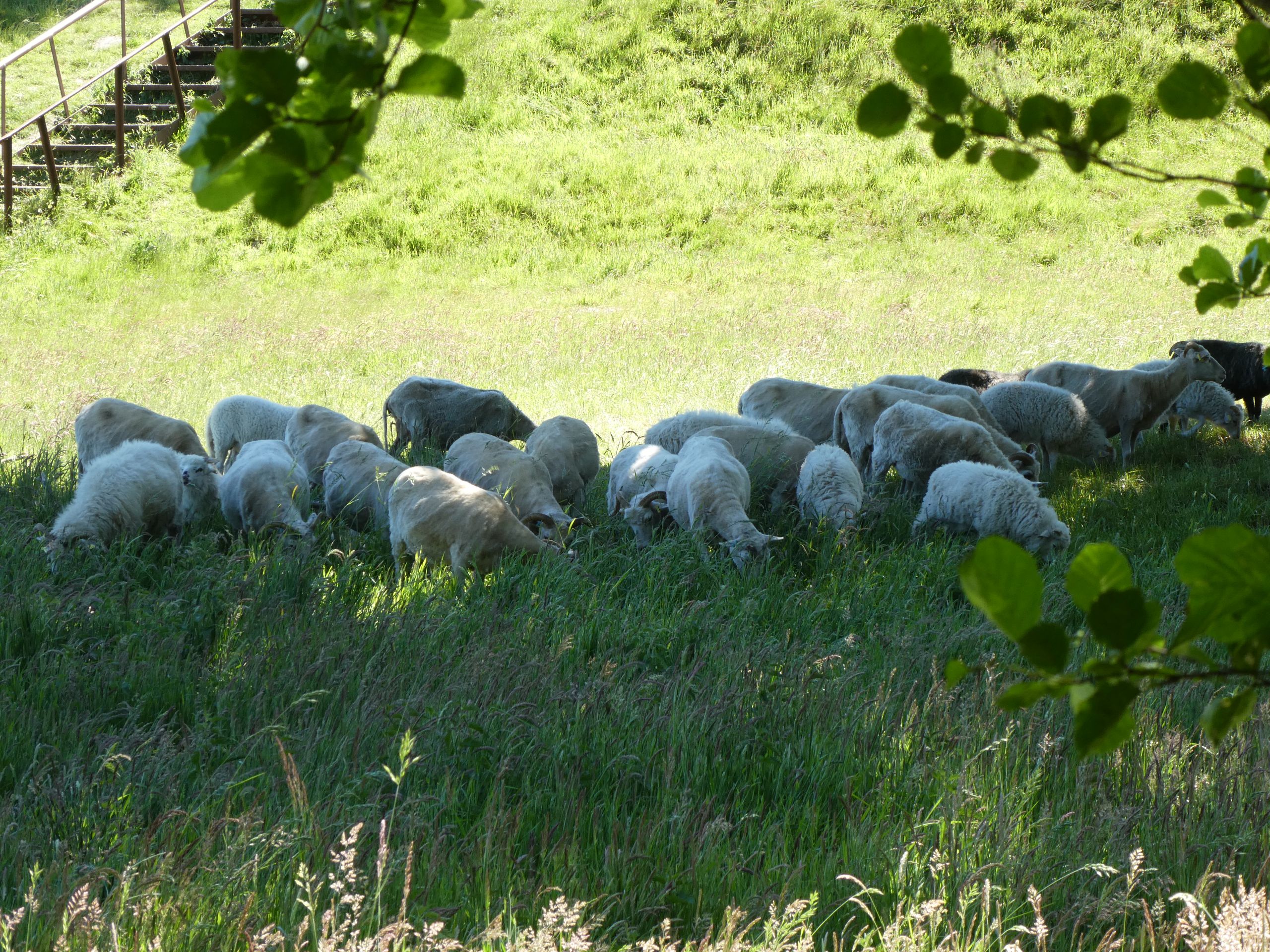
Ба бюллетен обуна шавед
Ҷавоб
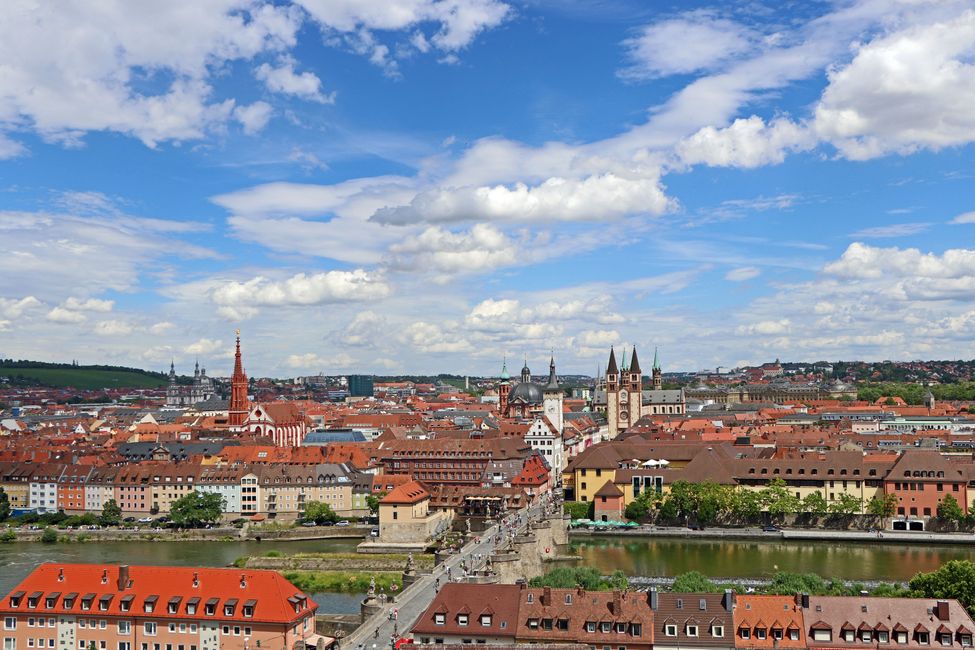
Ҳисоботи сафар Олмон
